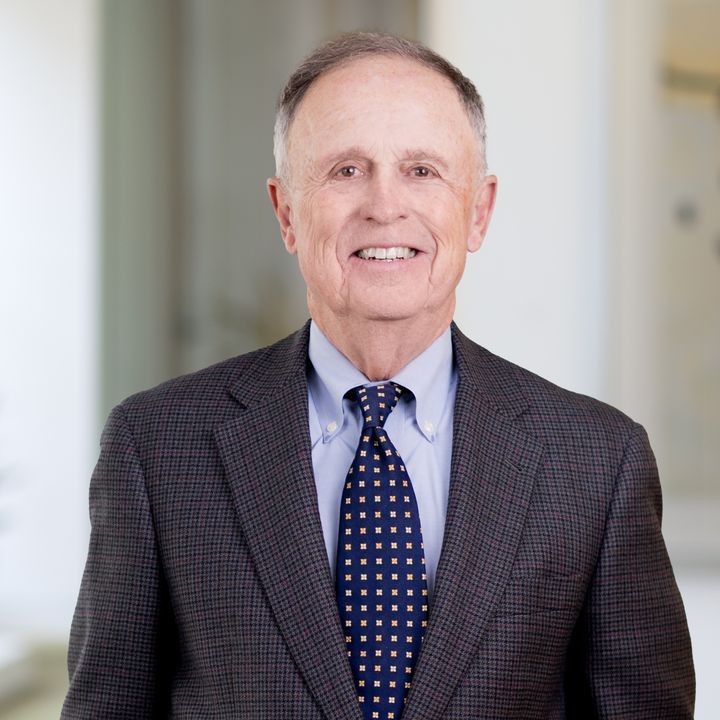California Enacts Supplemental COVID-19 Paid Sick Leave, Which Includes Vaccination-Related Absences
Client Alert | 3 min read | 03.23.21
California Governor Newsom signed into law a new bill, SB 95, that provides for up to 80 new hours of COVID-19 supplemental paid sick leave to covered employees. The law applies to all businesses with more than 25 employees, and goes into effect on March 29 through September 30, 2021. SB 95 retroactively applies to qualifying leave taken on or after January 1, 2021. Employers are not required to review sick leaves granted since January 1 to determine whether they qualify for retroactive supplemental leave payment, and instead can assess requests for such retroactive payment as employees make them.
Covered Employees
Importantly, the new law explicitly extends paid sick leave benefits to employees who are unable to work or telework because they are either attending an appointment to receive a COVID-19 vaccine or experiencing symptoms related to a COVID-19 vaccine. Other qualifying circumstances include quarantine or isolation periods related to COVID-19, experiencing symptoms of COVID-19 and seeking a medical diagnosis, caring for a family member who has been advised to isolate or self-quarantine, and caring for a child whose school or place of care is closed or otherwise unavailable for reasons related to COVID-19.
Payment Calculation
Full-time employees and employees who worked or were scheduled to work at least 40 hours on average during the two weeks prior to the leave are entitled to up to 80 hours of COVID-19 supplemental paid sick leave. Part-time employees are entitled to up to the number of hours the employee regularly works over two weeks.
SB 95 caps COVID-19 supplemental paid leave wages at $511 per day and $5,110 in the aggregate for each covered employee. Within that limit, nonexempt employees must be paid for each hour of supplemental leave at the highest of the following four rates of pay: (1) the employee’s regular rate of pay for the workweek in which leave was taken, regardless of whether the employee worked overtime in that workweek; (2) the covered employee’s total wages, not including overtime premium pay, divided by the employee’s total hours worked in the full pay periods of the prior 90 days of employment; (3) the California minimum wage; or (4) the local minimum wage. Paid leave for exempt covered employees must be calculated in the same manner as the employer calculates wages for other forms of paid leave time.
The law prohibits employers from requiring employees to use any other paid or unpaid leave, paid time off, or vacation time before using COVID-19 supplemental paid sick leave. Employers can, however, require an employee to exhaust leave under this new law before the employer pays exclusion pay under the California Division of Occupational Safety and Health COVID-19 Emergency Temporary Standards.
For any qualifying leave taken since January 1, 2021, if a covered employee was not paid an amount greater than or equal to the amount required under this new law, a covered employer must pay the employee a retroactive payment providing the required compensation upon oral or written request by the employee. This retroactive payment must be paid on or before the payday for the next full pay period after the employee requests it.
Posting Requirements
Covered employers are required to post a notice communicating the requirements of the new law in a conspicuous place in the workplace. The law requires that the Labor Commissioner make a model notice publicly available within seven days of the law’s enactment, which will be on March 26, 2021. If an employer’s covered employees do not frequent a workplace, the employer can satisfy the notice requirement by disseminating notice through electronic means, such as email.
CDC Guidance
California’s extension of paid sick leave time to employees for time taken away from work to receive vaccinations and due to symptoms suffered after receiving a vaccination is in keeping with the Centers for Disease Control and Prevention’s “Workplace Vaccination Program,” which provides recommended best practices to employers concerning COVID-19 vaccines. The guidance specifically recommends that employers “[o]ffer flexible, non-punitive sick leave options (e.g., paid sick leave) for employees with signs and symptoms after vaccination.” The guidance also recommends that employers provide “paid leave and transportation support” for off-site vaccination programs. In enacting SB 95, California has converted this best practice into a legal requirement for many employers.
In anticipation of March 29 when the law goes into effect, employers should train human resources and payroll employees about the requirements of the law and keep a lookout for the publication of the model notice by the Labor Commissioner to allow for efficient dissemination once it issues.
Contacts
Insights
Client Alert | 7 min read | 12.17.25
After hosting a series of workshops and issuing multiple rounds of materials, including enforcement notices, checklists, templates, and other guidance, the California Air Resources Board (CARB) has proposed regulations to implement the Climate Corporate Data Accountability Act (SB 253) and the Climate-Related Financial Risk Act (SB 261) (both as amended by SB 219), which require large U.S.-based businesses operating in California to disclose greenhouse gas (GHG) emissions and climate-related risks. CARB also published a Notice of Public Hearing and an Initial Statement of Reasons along with the proposed regulations. While CARB’s final rules were statutorily required to be promulgated by July 1, 2025, these are still just proposals. CARB’s proposed rules largely track earlier guidance regarding how CARB intends to define compliance obligations, exemptions, and key deadlines, and establish fee programs to fund regulatory operations.
Client Alert | 1 min read | 12.17.25
Client Alert | 7 min read | 12.17.25
Executive Order Tries to Thwart “Onerous” AI State Regulation, Calls for National Framework
Client Alert | 4 min read | 12.17.25
The new EU Bioeconomy Strategy: a regulatory framework in transition




